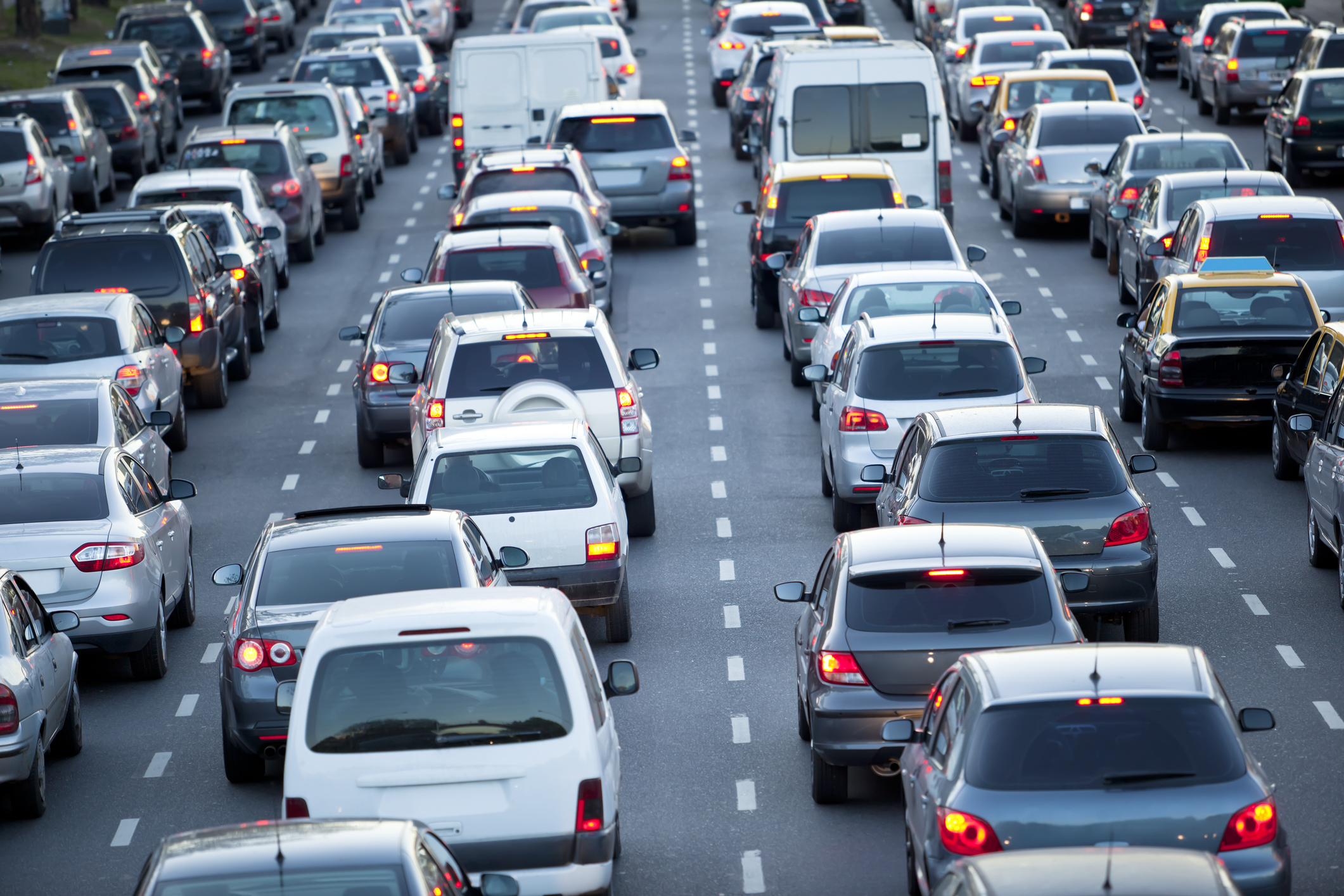Newsletter September 21, 2023
America’s Driving Obsession is a Problem

Before we had children, my wife and I once spent one of the best stretches of time together on a road trip from Washington, D.C. to Connecticut. Over the seven-hour journey, we listened to nearly a season’s worth of episodes of the NPR podcast Serial back-to-back. We debated theories and pondered motives against the backdrop of late summer New England greenery. To this day, it remains an incredibly fond memory of our pre-parenting lives.
Road trips like ours still capture our collective imagination, but they are hardly representative of the typical driving experience. The average American drives more than 1,000 miles every month, according to the U.S. Department of Transportation’s Federal Highway Administration. And much of the time Americans spend commuting is spent alone. Commute times have been steadily climbing for years, and, even with more Americans working from home, we’re driving more than we did before the pandemic.
I have no philosophical objections to driving. It is an incredibly convenient way to get around. It’s often the only option available. Yet, despite the convenience and flexibility that driving affords, it’s increasingly apparent that too much time behind the wheel is making us miserable.
The Price of Driving
The negative health effects of driving have been well documented. Even modest commutes are associated with elevated blood pressure, increased feelings of anxiety and depression, back pain, and posture problems, to name just a few. One study found that each additional hour spent in the car per day was associated with a six percent increase in odds of obesity. This does not account for the risk of accidents or rising incidents of road rage.
But it’s not just what driving does to us, but what it takes away. Angie Schmitt, a Cleveland-based planner, wrote in The Atlantic about how driving has become the most common way to transport kids to school:
A few generations ago, in 1969, nearly one in two kids walked or biked to school. Now only about one in 10 kids gets to school those ways. And only about a third of children who live within just one mile of school walk or bike there. School buses—a onetime right of passage for American children—have been supplanted as the leading vehicle for getting kids to school. According to the most recent national data, a solid majority of kids—54 percent—are driven to school.
It’s not a positive trend for parents or kids. According to Schmitt, transporting kids to school accounts for 30 percent of rush-hour traffic. Worse than the growing traffic congestion they create, driving drop-offs limit the chances we have to connect with other parents and teachers, ensuring a harried, frantic start to the day.
Driving also reduces opportunities for physical exercise. Research has shown that morning physical exercise—even a short walk to school—can increase cognitive function and improve academic outcomes. It may help arrest the exploding rates of childhood obesity as well.
There are environmental benefits to staying off the road as well. The Washington Post reported that reducing daily commutes to the office cuts down significantly on carbon emissions and other pollution. Remote workers produce far fewer carbon emissions and less air pollution than those traveling to work five days a week.
The popularity of drive-through coffee serves as another example of the social costs of driving. Picking up coffee through a drive-through window is certainly convenient, but it transforms a critical community space into a vending machine. As my colleague Sam Abrams has noted, “coffee houses traditionally offer open and welcoming social spaces to meet and spend time with others or just offer a setting to pause and reflect.” The problem with driving is that it separates us from each other at a time when more Americans are feeling lonely and isolated.
At worst, driving can be a dehumanizing experience. Few of us are at our most empathetic, patient, or generous when sitting in bumper-to-bumper traffic. One survey found that nearly two-thirds of drivers admitted to having road rage at some point. We are angry and agitated, and if there are kids in the car, modeling aggressive, confrontational behavior. Even if driving is not causing the rise in social disconnection and disharmony, it’s undoubtedly making things worse.
The answer is not listening to meditation apps or engrossing podcasts while we drive; it’s simply to spend less time in the car.
I live in the northwest corner of Washington, D.C. Our local elementary school is a few blocks away, and many families walk their kids to school. The morning drop-off has become a social activity for parents, providing opportunities to commiserate, share information, and plan get-togethers and playdates. It’s not uncommon for parents to linger after their kids file into the school or for parents to head across the street together to grab a coffee at the local market. When our kids get a little older they’ll walk to school without us, most likely with friends who live nearby.
The daily school commute has become a critical part of our social experience and has strengthened our sense of belonging and connection to the neighborhood. I recognize not all parents are fortunate enough to live in such close proximity to their kids’ school, but most parents do not live that far away. A 2021 study found that more than one in four parents live within walking distance from their child’s school, and 70 percent live no more than a 10-minute drive. It’s likely that walking or biking is not feasible for everyone, but if communities make it more of a priority to help parents and students travel easily and safely to school perhaps we can make it a more realistic option for families. Trust me when I tell you the payoff is considerable.







